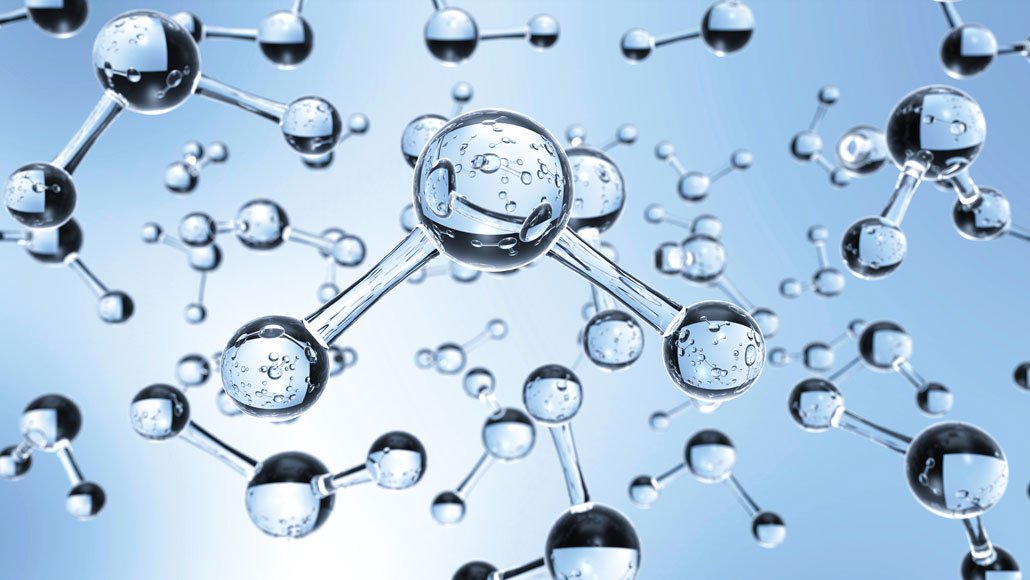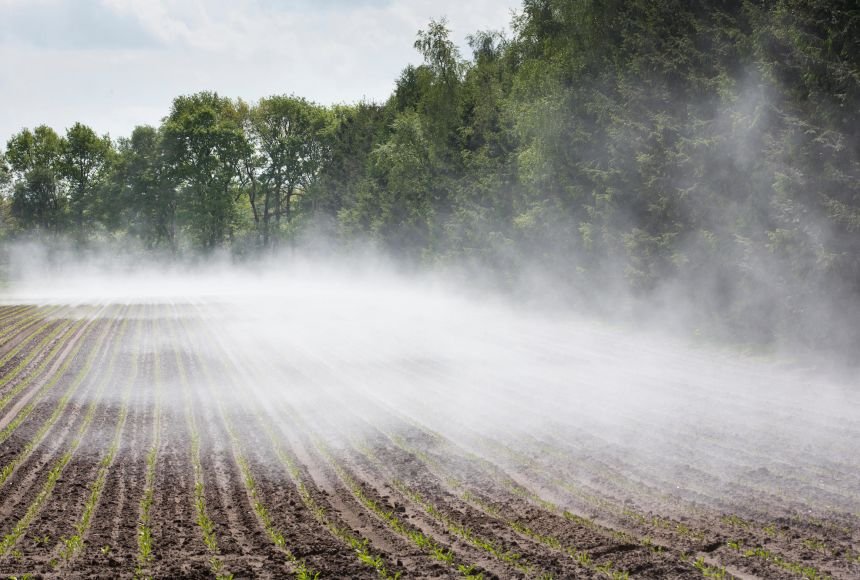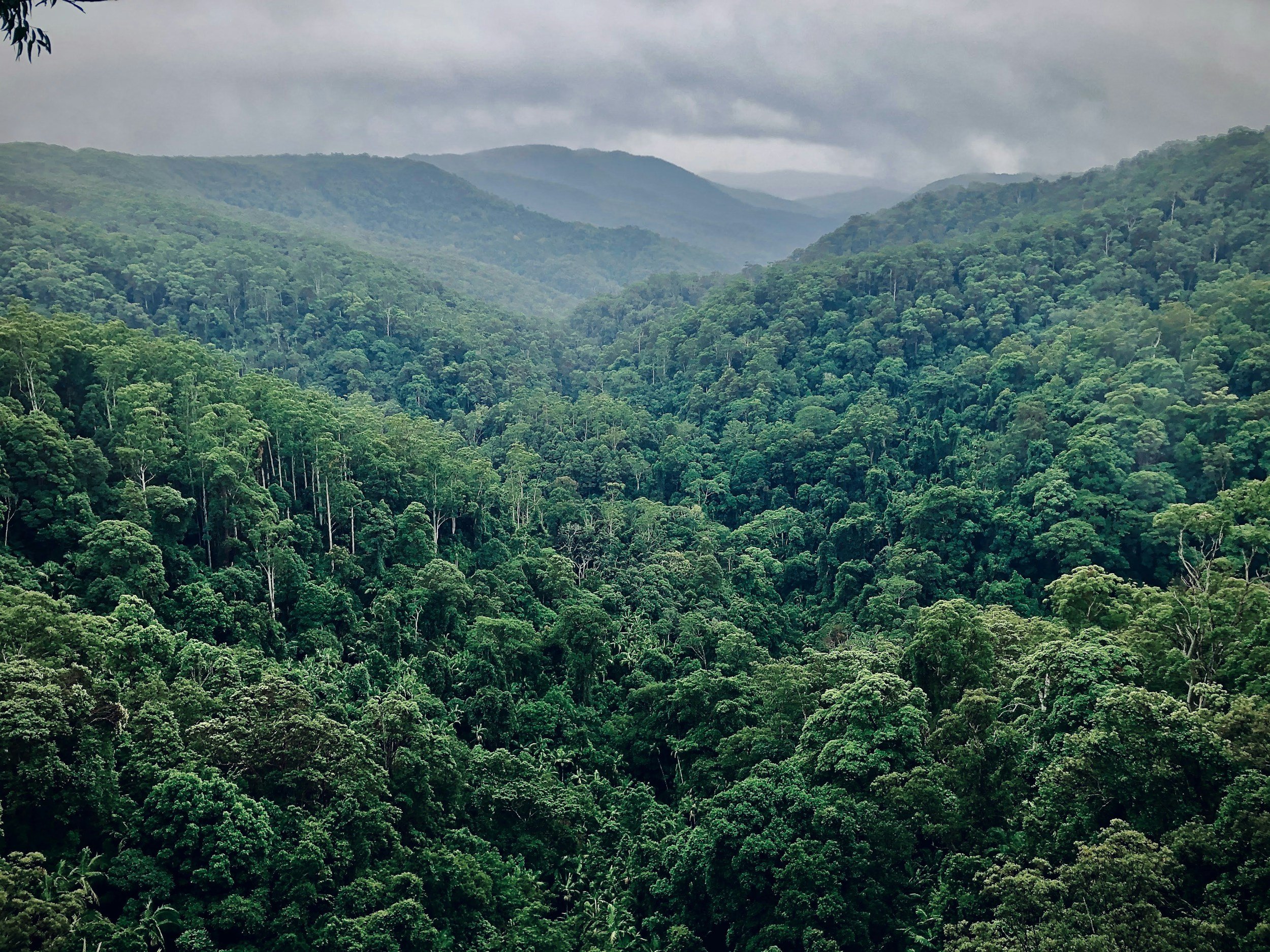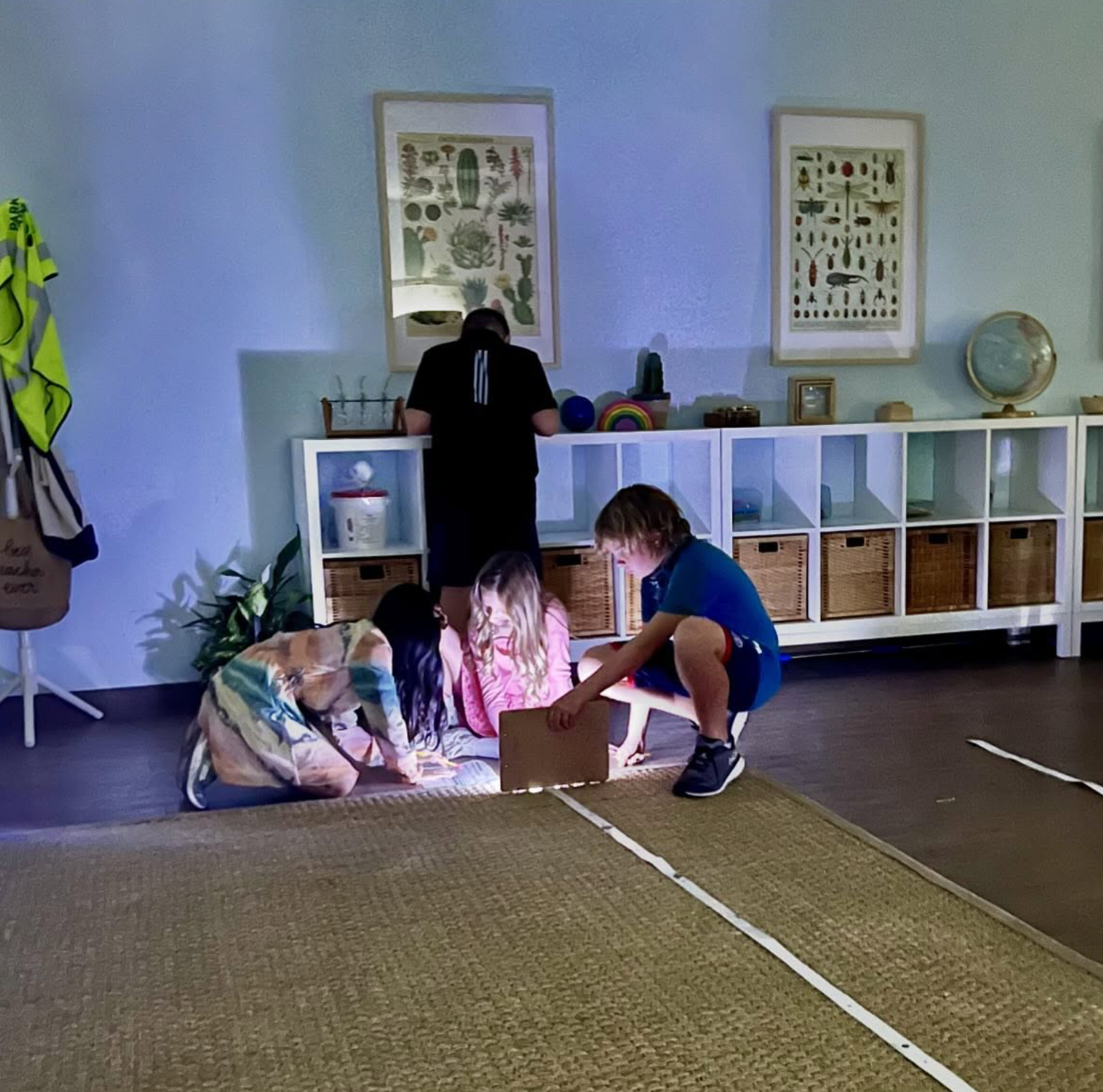
5th Grade Science
Our 5th grade science program uses Amplify Science, an engaging, hands-on curriculum that blends inquiry-based learning with literacy and critical thinking. Students take on the roles of scientists and engineers to investigate real-world problems through exploration, modeling, reading, writing, and experimentation. The year is organized into four dynamic units:
Earth & Sky
-
Space Science – Astronomy and Earth's place in space
-
Students act as astronomers helping a fictional museum explain the patterns of stars and planets in the sky. Kids will have to figure out the missing piece of an ancient artifact using what they know about constellations, planets and the seasons.
-
The Sun, Moon, and stars appear to move in predictable patterns.
Earth's rotation causes day and night; Earth's orbit causes seasonal changes.
Observations can help explain how celestial patterns work.
Modeling Matter
-
Physical Science – Properties and interactions of matter
-
Students act as food scientists designing a new salad dressing by exploring how substances interact.
-
Matter is made of particles too small to see.
Different materials have different properties (like solubility or density).
When substances mix, they may form mixtures or solutions.
Physical changes (like dissolving) do not form new substances.
Earth Systems
-
Earth Science – Earth’s spheres and systems
-
Students model how changes in one Earth system affect others, like how rainfall impacts erosion and plant life. We will explore different ways that we can get fresh water from salt water, utilizing what we know about the water cycle
-
Earth is made up of interacting systems: geosphere, hydrosphere, atmosphere, and biosphere.
Events like earthquakes, volcanoes, and floods impact the Earth system.
Human activities can affect these systems, causing environmental changes.
Ecosystem Restoration
-
Life Science – Ecosystems and biodiversity
-
Students investigate a damaged rainforest and recommend actions to help restore the ecosystem. They will create a terrarium and observe what why some of the plants thrive and others didn’t.
-
Ecosystems are made of living (biotic) and nonliving (abiotic) parts.
Organisms depend on one another and on their environment to survive.
Ecosystems can be damaged and may recover through natural processes or human efforts.
-
Matter and its Interactions: 5-PS1-1 - Develop a model to describe that matter is made of particles too small to be seen. Examples of evidence could include adding air to expand a basketball, compressing air in a syringe, dissolving sugar in water, and evaporating salt water.
Matter and its Interactions: 5-PS1-2 - Measure and graph quantities to provide evidence that regardless of the type of change that occurs when heating, cooling, or mixing substances, the total weight of matter is conserved. Examples of reactions or changes could include phase changes, dissolving, and mixing that form new substances.
Matter and its Interactions: 5-PS1-3 - Make observations and measurements to identify materials based on their properties. Examples of materials to be identified could include baking soda and other powders, metals, minerals, and liquids. Examples of properties could include color, hardness, reflectivity, electrical conductivity, thermal conductivity, response to magnetic forces, and solubility; density is not intended as an identifiable property.Matter and its Interactions: 5-PS1-4 - Conduct an investigation to determine whether the mixing of two or more substances results in new substances.
Motion and Stability: Forces and Interactions: 5-PS2-1 - Support an argument that the gravitational force exerted by Earth on objects is directed down. “Down” is a local description of the direction that points toward the center of the spherical Earth.
Energy: 5-PS3-1 -Use models to describe that energy in animals’ food (used for body repair, growth, motion, and to maintain body warmth) was once energy from the sun.Examples of models could include diagrams, and flow charts.
From Molecules to Organisms: Structures and Processes: 5-LS1-1 - Support an argument that plants get the materials they need for growth chiefly from air and water. Emphasis is on the idea that plant matter comes mostly from air and water, not from the soil.
Ecosystems: Interactions, Energy, and Dynamics: 5-LS2-1 - Develop a model to describe the movement of matter among plants, animals, decomposers, and the environment. Emphasis is on the idea that matter that is not food (air, water, decomposed materials in soil) is changed by plants into matter that is food. Examples of systems could include organisms, ecosystems, and the Earth.
Earth's Place in the Universe: 5-ESS1-1 - Support an argument that differences in the apparent brightness of the sun compared to other stars is due to their relative distances from Earth.
Earth's Place in the Universe: 5-ESS1-2 - Represent data in graphical displays to reveal patterns of daily changes in length and direction of shadows, day and night, and the seasonal appearance of some stars in the night sky. Examples of patterns could include the position and motion of Earth with respect to the sun and selected stars that are visible only in particular months.
Earth's Systems: 5-ESS2-1 - Develop a model using an example to describe ways the geosphere, biosphere, hydrosphere, and/or atmosphere interact. Examples could include the influence of the ocean on ecosystems, landform shape, and climate; the influence of the atmosphere on landforms and ecosystems through weather and climate; and the influence of mountain ranges on winds and clouds in the atmosphere. The geosphere, hydrosphere, atmosphere, and biosphere are each a system.Earth's Systems: 5-ESS2-2 - Describe and graph the amounts and percentages of water and fresh water in various reservoirs to provide evidence about the distribution of water on Earth.
Earth and Human Activity: 5-ESS3-1 - Obtain and combine information about ways individual communities use science ideas to protect the Earth’s resources and environment.
Engineering Design: 3-5-ETS1-1 - Define a simple design problem reflecting a need or a want that includes specified criteria for success and constraints on materials, time, or cost.
Engineering Design: 3-5-ETS1-2 - Generate and compare multiple possible solutions to a problem based on how well each is likely to meet the criteria and constraints of the problem.
Engineering Design: 3-5-ETS1-3 - Plan and carry out fair tests in which variables are controlled and failure points are considered to identify aspects of a model or prototype that can be improved.
In fifth grade, students will be working to answer questions like:
When matter changes, does its weight change?
How much water can be found in different places on Earth?
Can new substances be created by combining other substances
How does matter cycle through ecosystems?
Where does the energy in food come from and what is it used for?
How do lengths and directions of shadows or relative lengths of day and night change from day to day, and how does the appearance of some stars change in different seasons?
By the end of fifth grade, they will be able to:
describe that matter is made of particles too small to be seen through the development of a model.
develop an understanding of the idea that regardless of the type of change that matter undergoes, the total weight of matter is conserved.
determine whether the mixing of two or more substances results in new substances.
describe ways the geosphere, biosphere, hydrosphere, and/or atmosphere interact.
describe and graph data to provide evidence about the distribution of water on Earth.
develop an understanding of the idea that plants get the materials they need for growth chiefly from air and water.
describe the movement of matter among plants, animals, decomposers, and the environment and that energy in animals’ food was once energy from the sun.
develop an understanding of patterns of daily changes in length and direction of shadows, day and night, and the seasonal appearance of some stars in the night sky.




